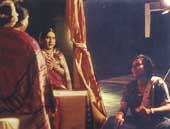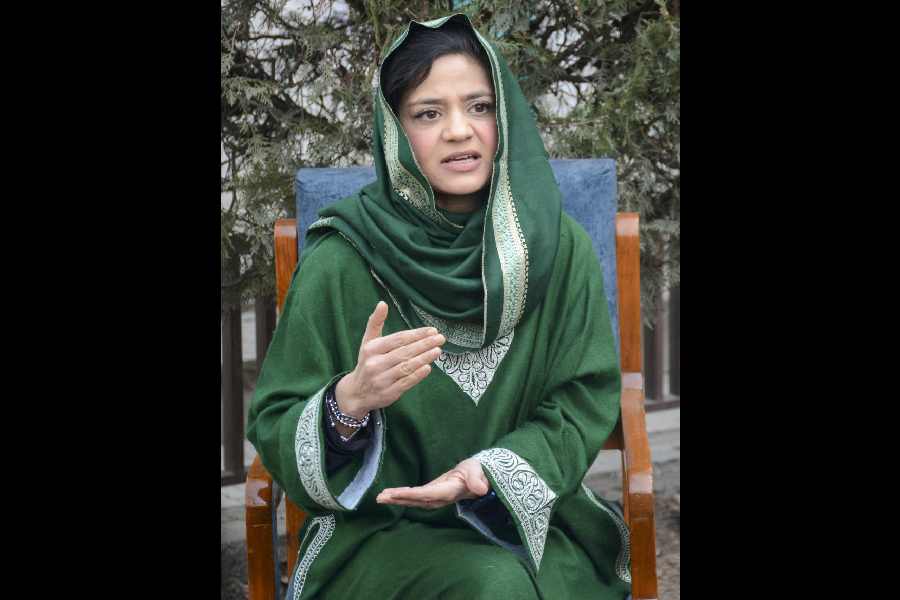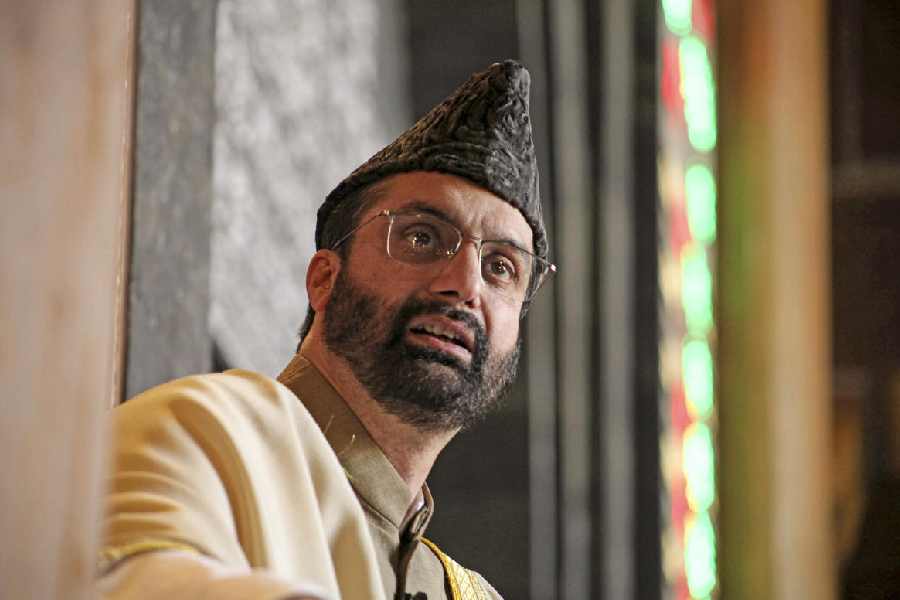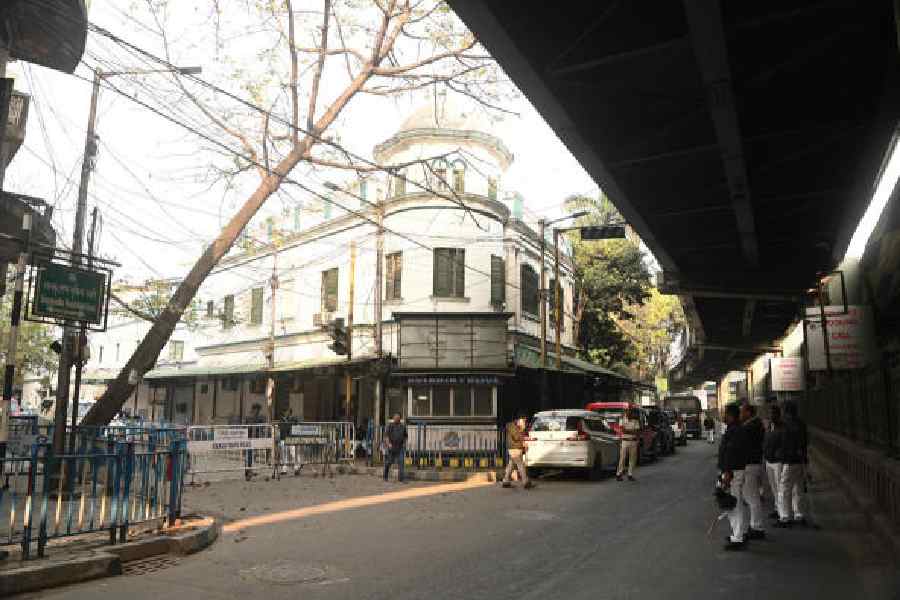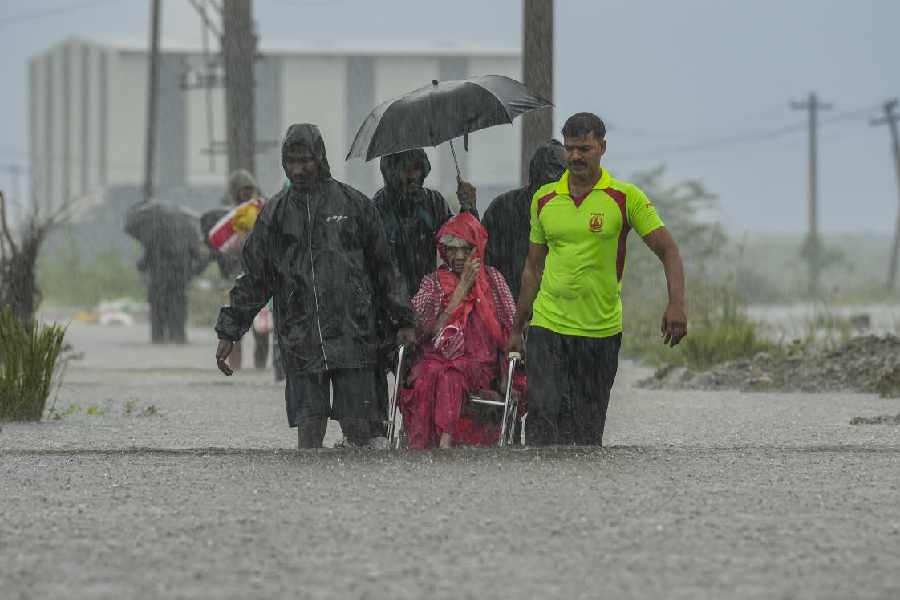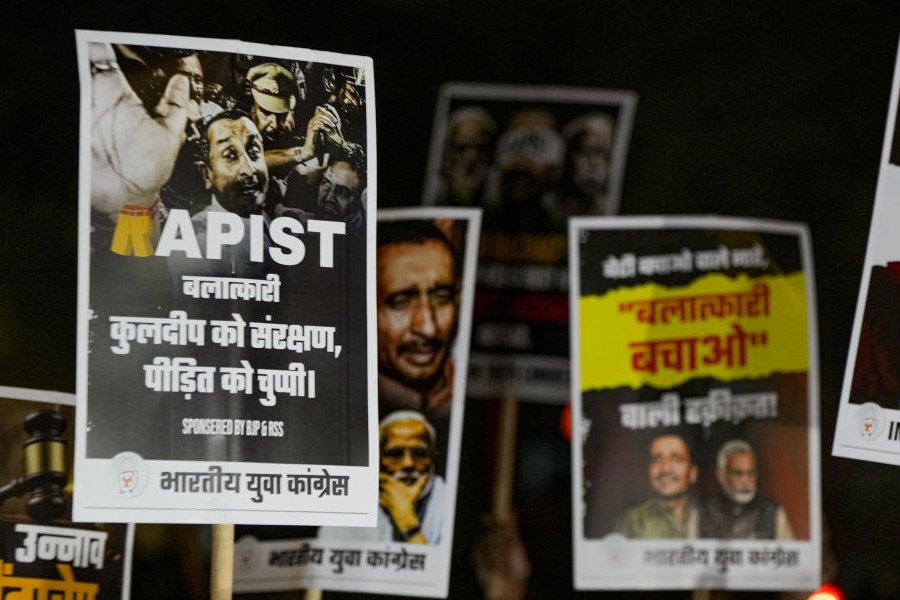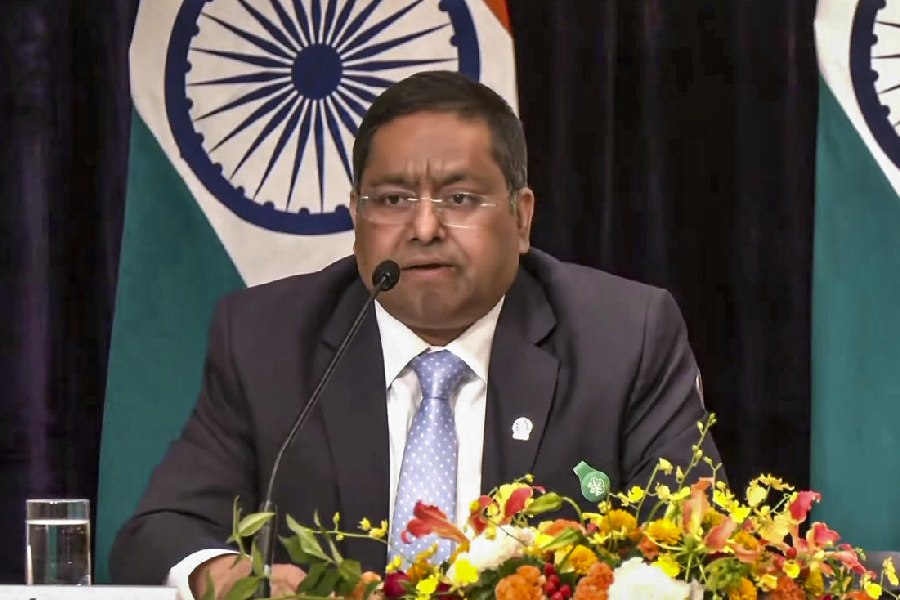 |
| Haimanti (right) with Charudatta on the sets |
She could have been Ray’s Bimala, but she chose to look through the camera instead. Haimanti Banerjee, who decades ago had been offered the lead role in Ghare Baire, never made her screen debut. But the filmi bug had bitten, and it was only a matter of time before she delved into cinema.
Her latest venture, the National Award-winning Balgandharva is being screened as part of the Calcutta Film Festival. Some regrets live on for the filmmaker who had made a name for herself on the Santiniketan stage during her days there — first as a student of English and then as a teacher.
Satyajit Ray caught sight of her when he was there for a shoot and tracked her down. “I couldn’t take up the Bimala role due to personal reasons, but that did spark off my interest in cinema,” recalls Haimanti, who was born and brought up in Aligarh.
That was in the “early 70s”. Soon after, she married and relocated to Pune, where their house was close to the FTII archives. “It opened a whole new world of cinema to me,” recalls the 57-year-old. Soon, she started to teach in film appreciation courses at FTII and made a name for herself as a Ritwik Ghatak specialist, and even wrote a book on the subject.
But it wasn’t till the late 80s that she embarked on her first cinematic venture, scripting and directing six educational videos for a private producer. In 1992, she made a splash with Towards Joy and Freedom, about Santiniketan. That won Haimanti her first National Award in 1993.
Yellamma and Gangutai followed, but Balgandharva, about the legendary Marathi artiste, is what she considers her most important work. The self-financed endeavour on 35mm was a risk that took her one-and-a-half years to complete.
“There is a bit of everything… song, theatre, stage, period costumes and make-up. But most challenging was the fact that the subject was dead. I had never tried a docu-drama, and finding the right actor to play the role of Balgandharva was the hardest part,” she explains.
Finally, she found Charudatta Aphale to play the 1920s actor who portrayed female roles on stage. The film, completed in 2000, was her first experiment with playback singing, “very unusual” in a documentary.
Balgandharva, which was the opening show at the Indian Panorama, 2001, will be screened at Sisir Mancha on November 14 at 11 am. If all goes well, Haimanti will also start a couple of Bengali projects, one based on a Tagore story and the other on a Rajlakshmi Devi Bhattacharya tale.

